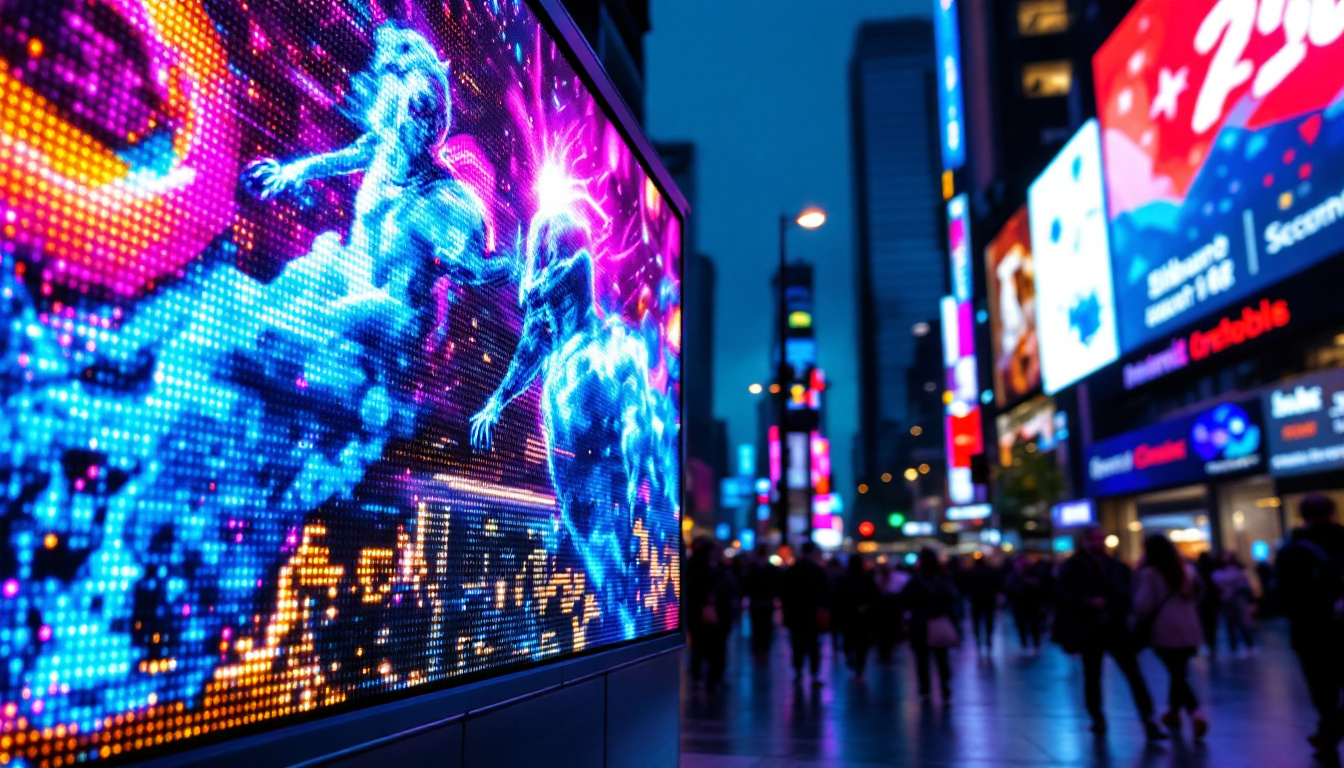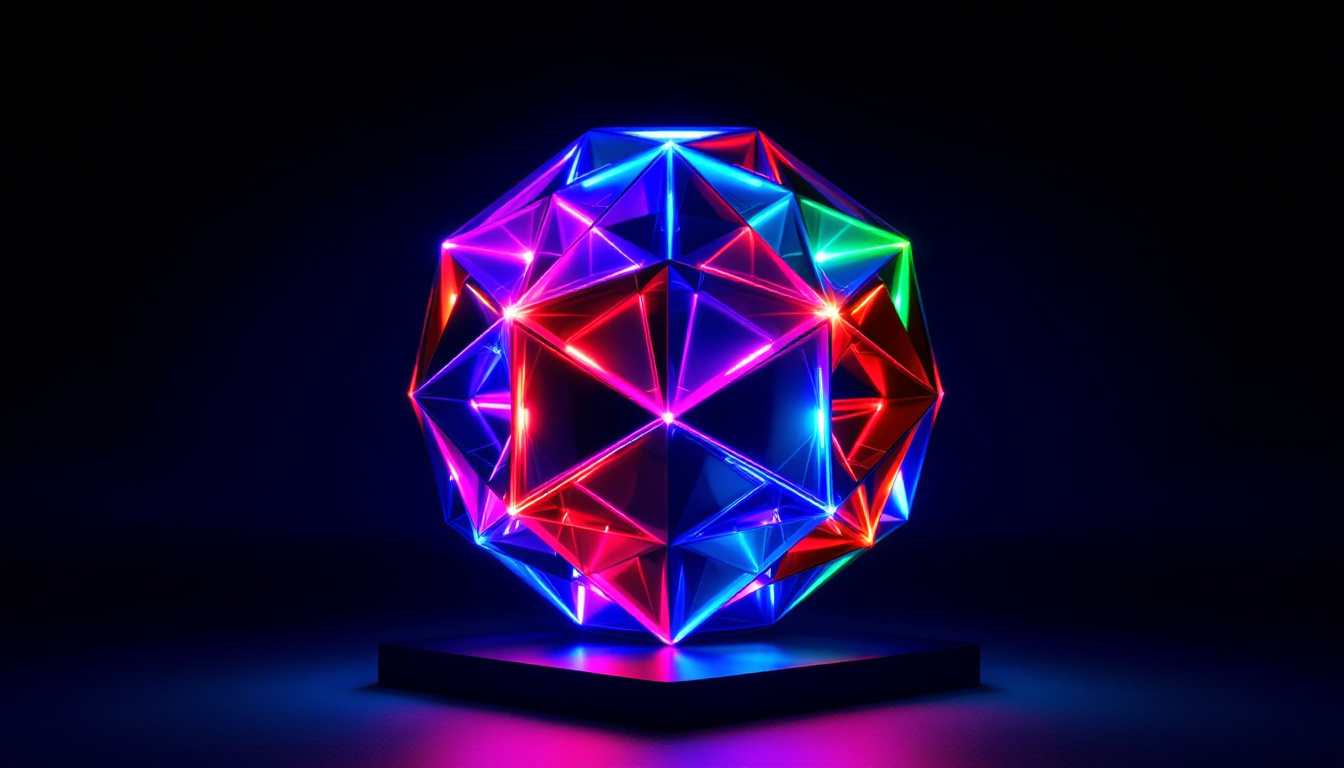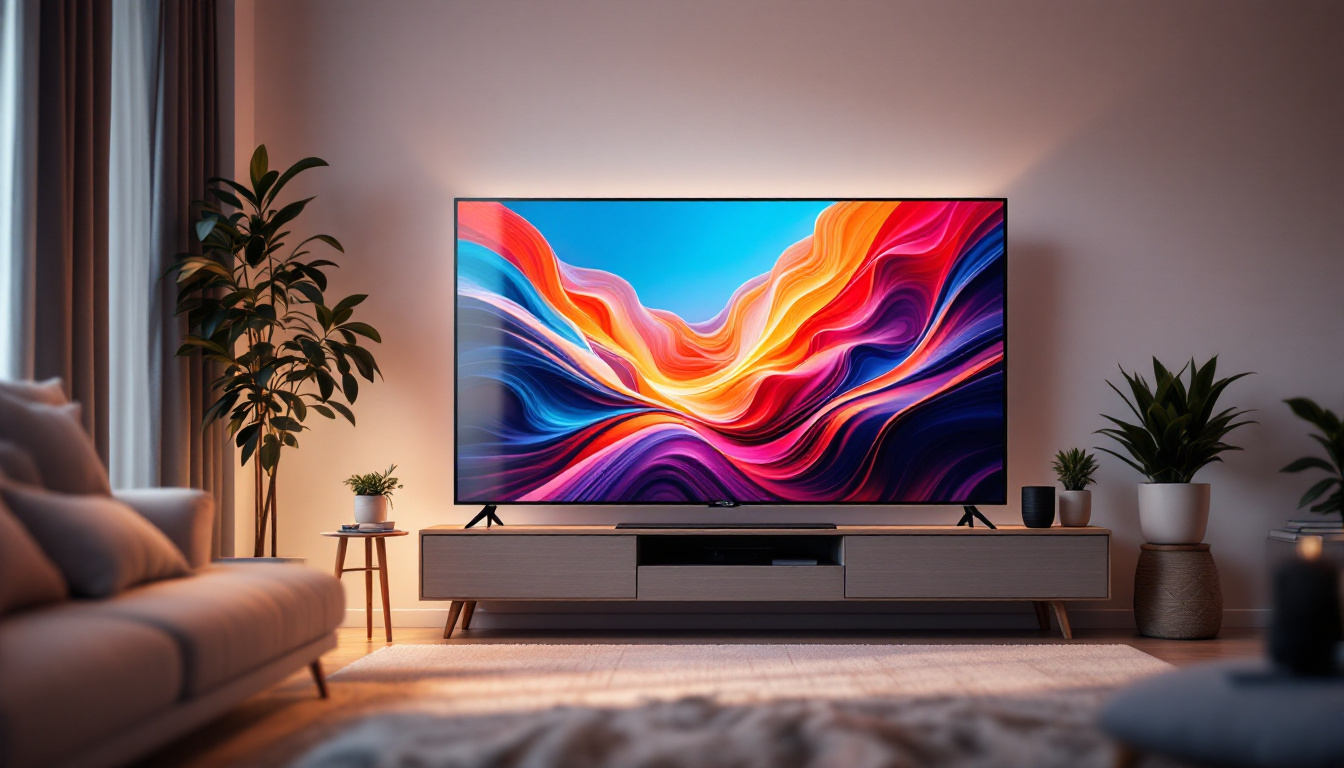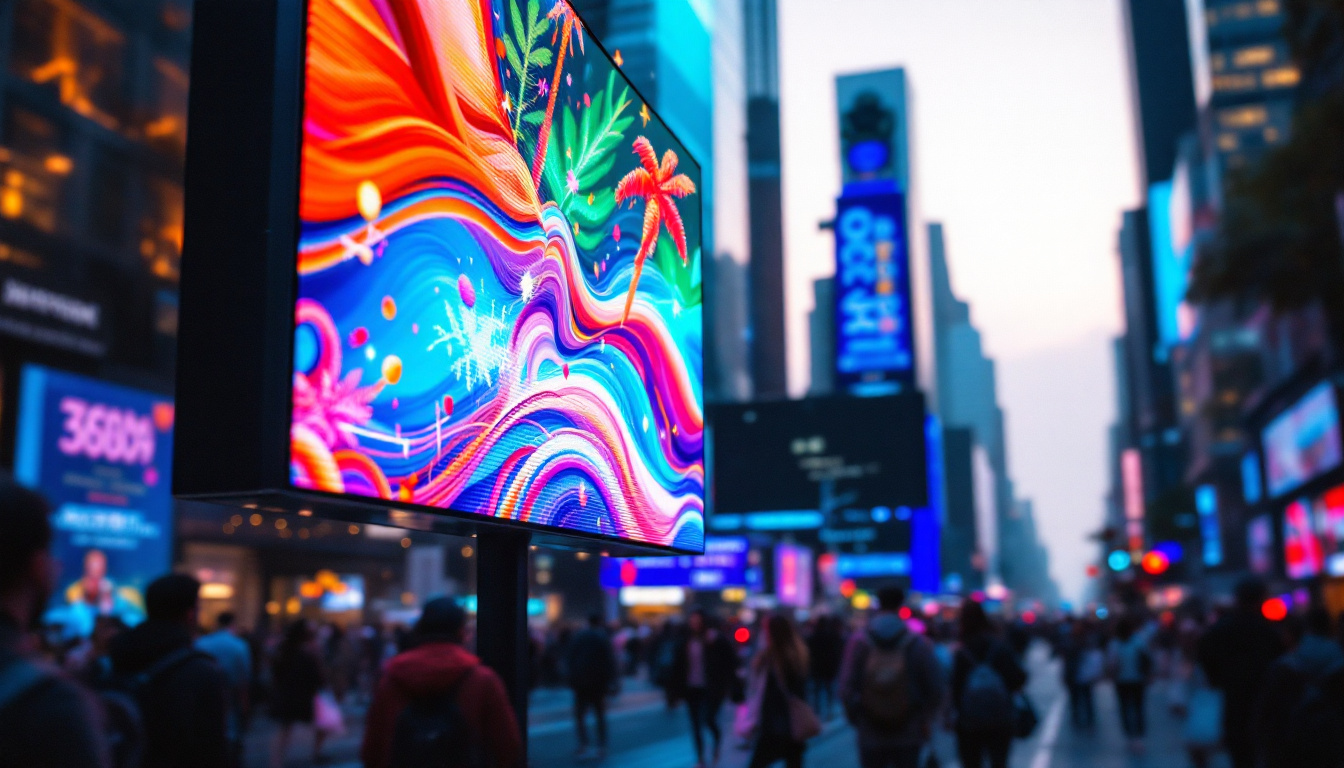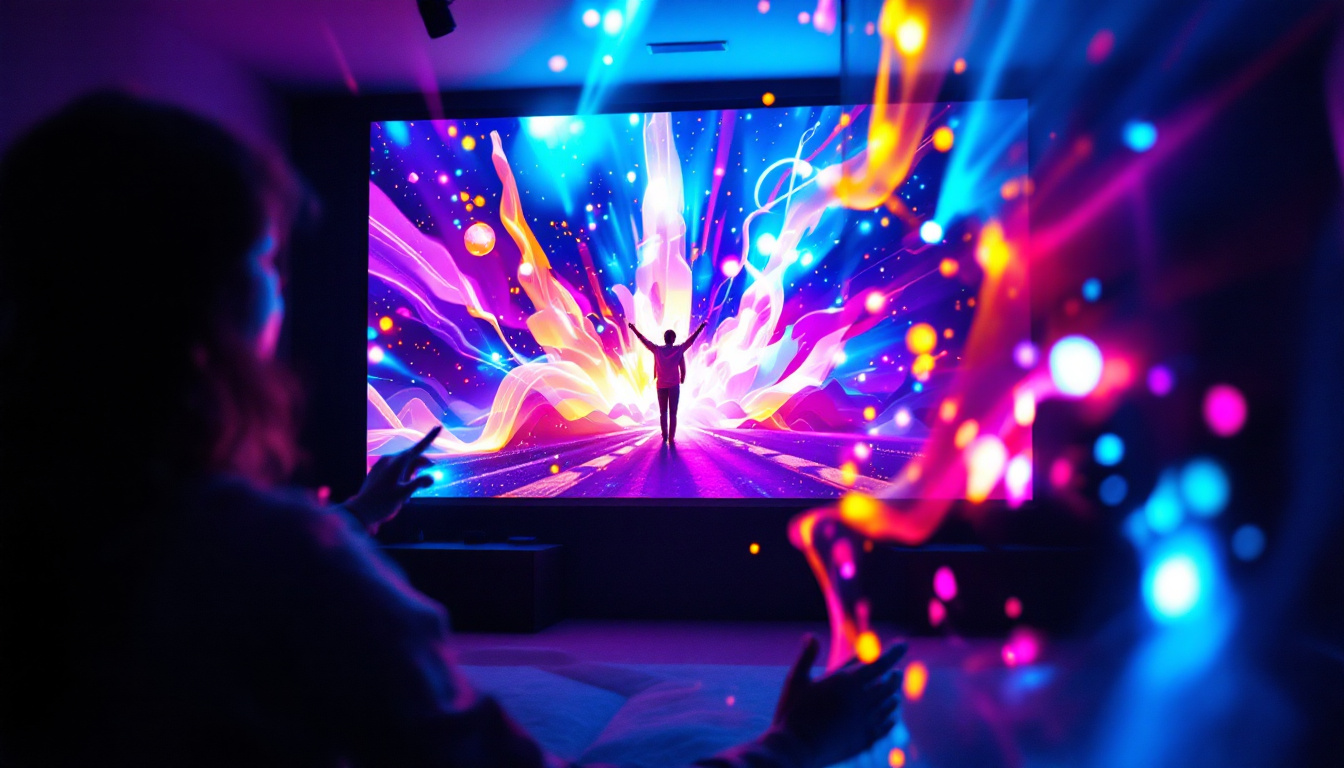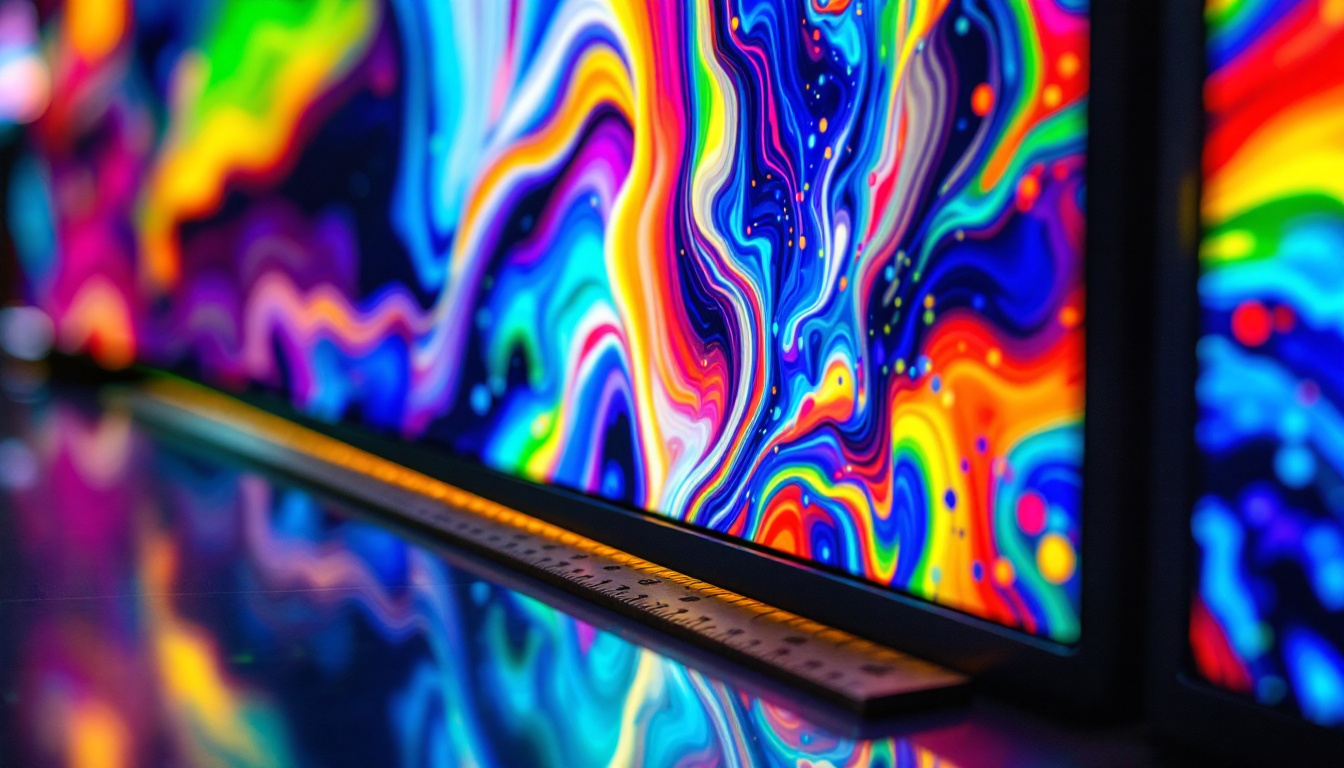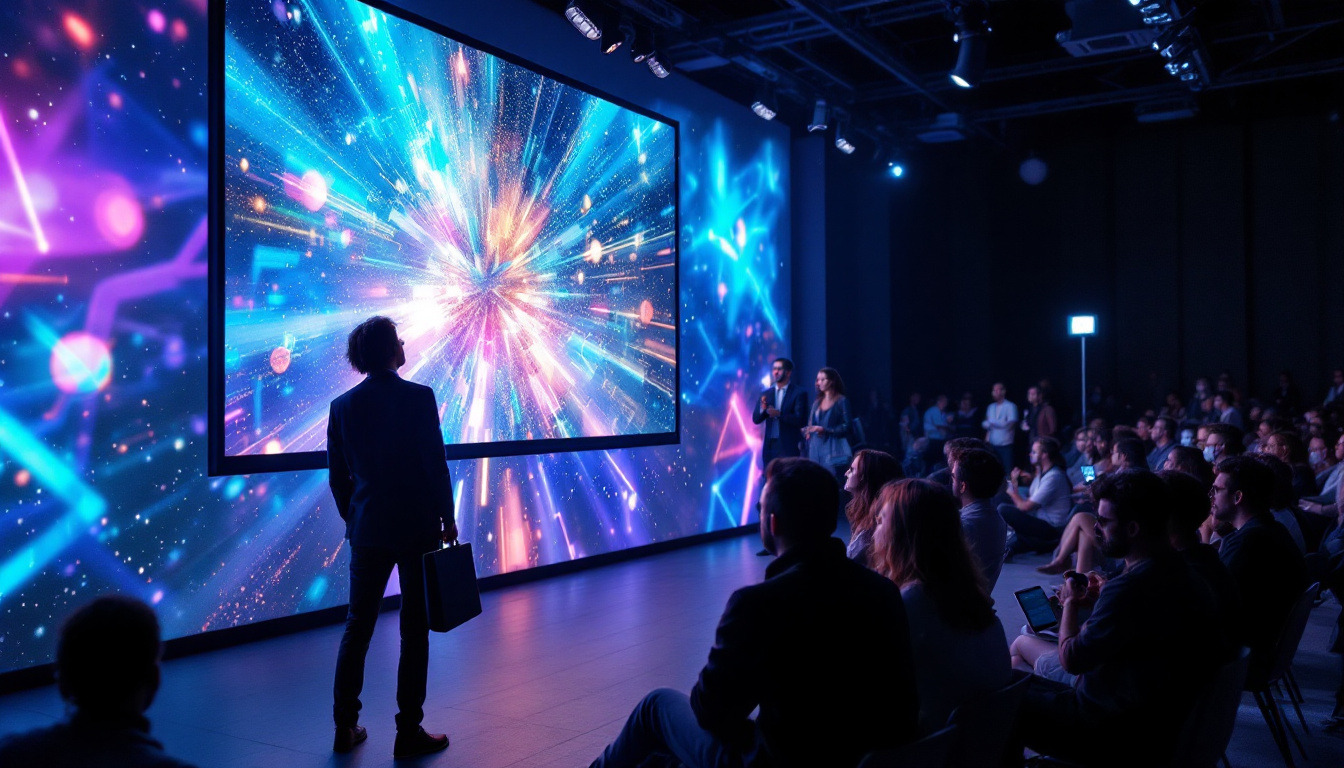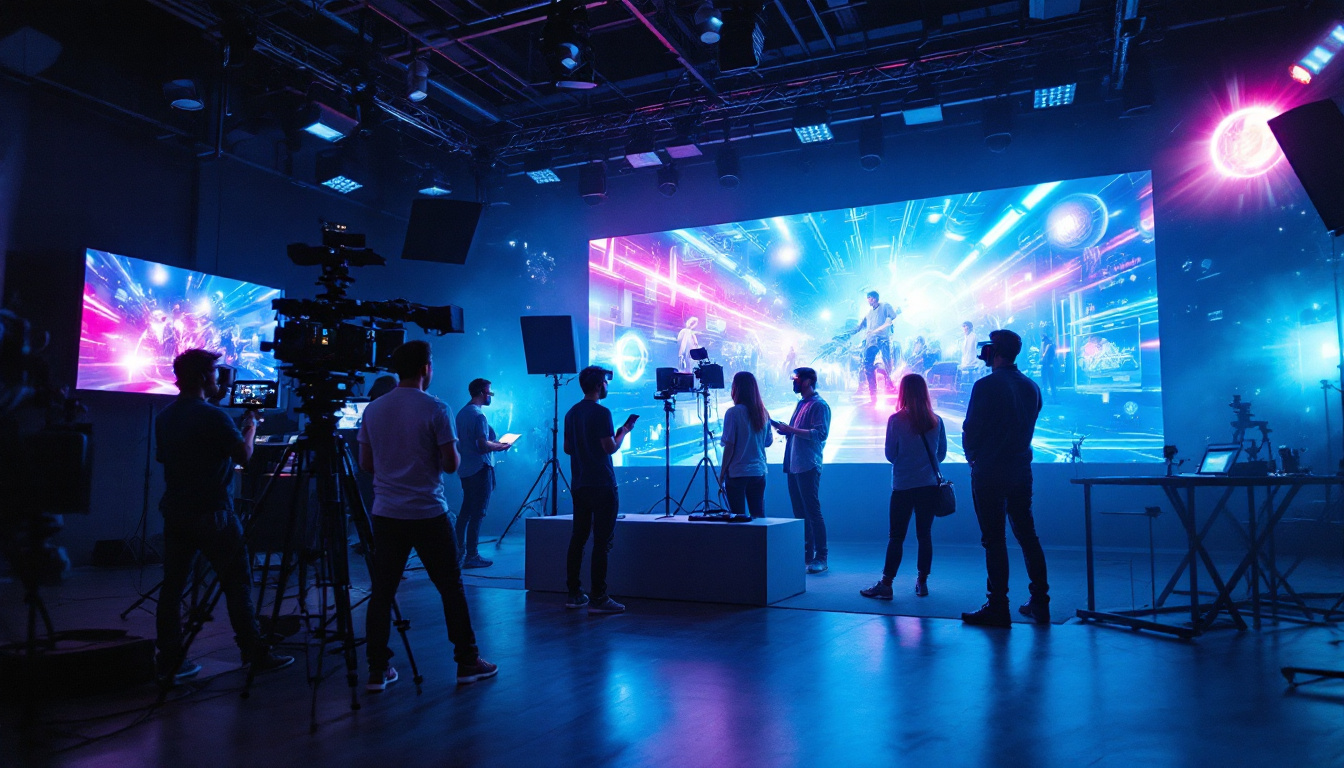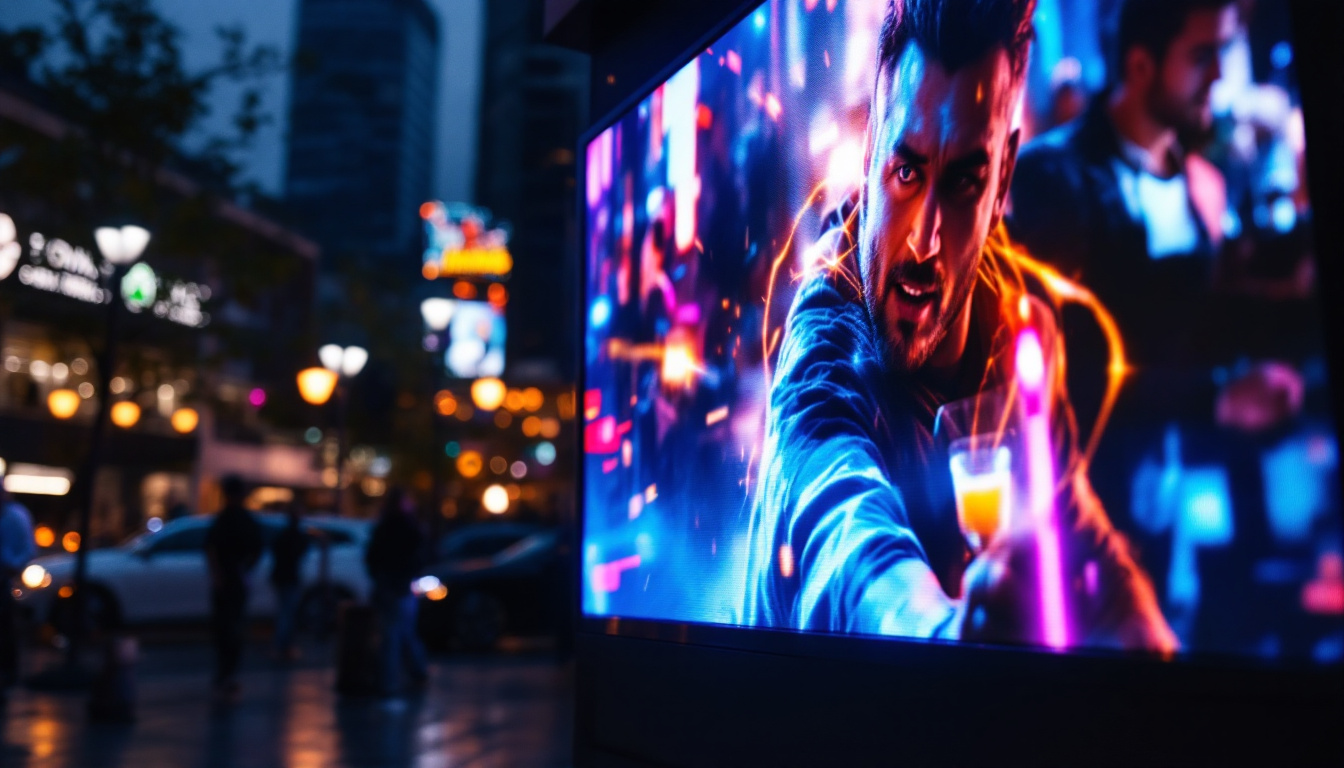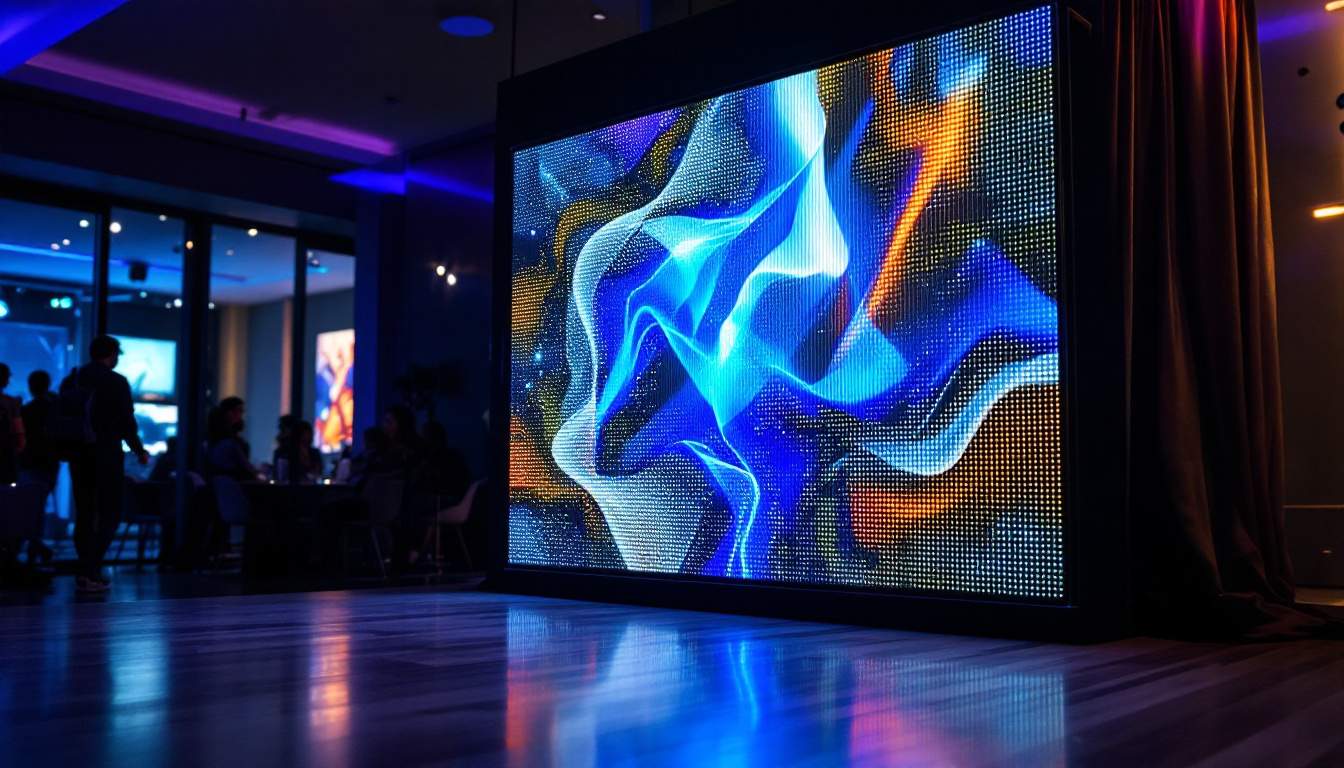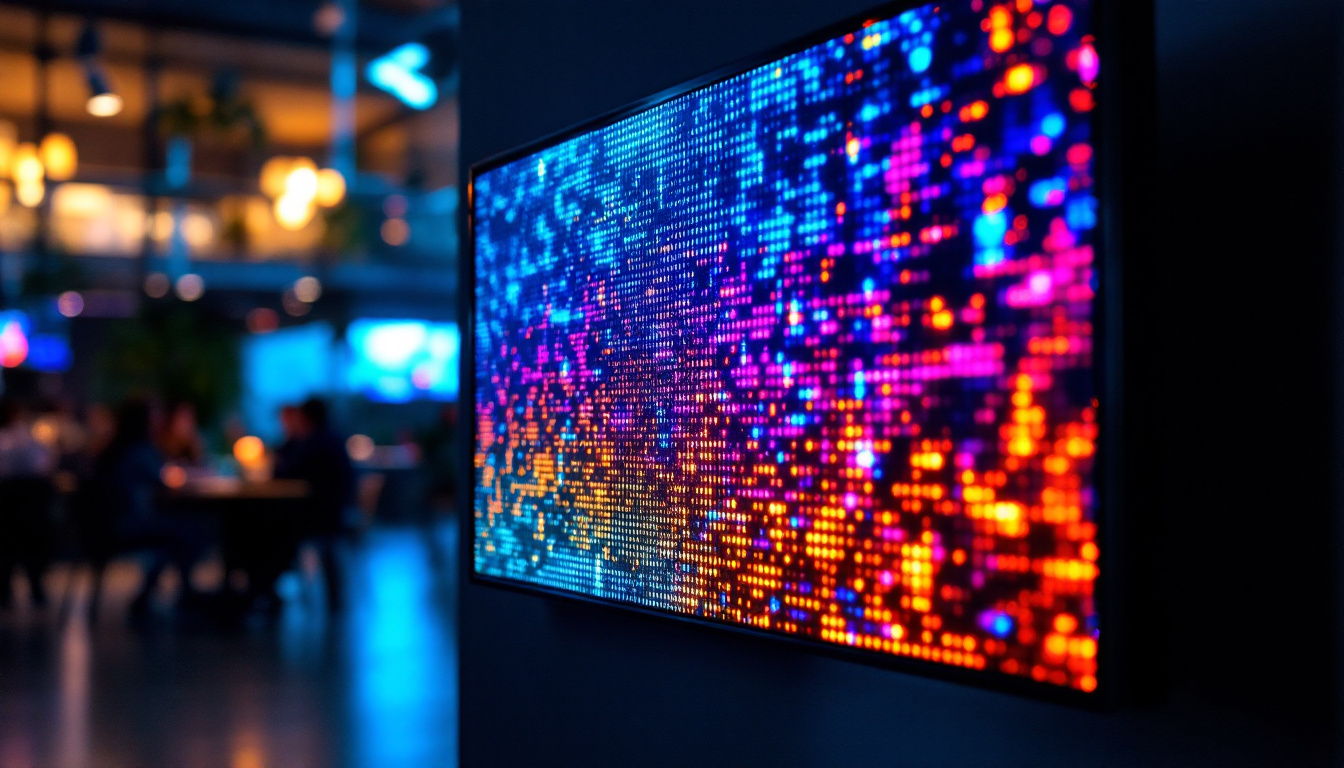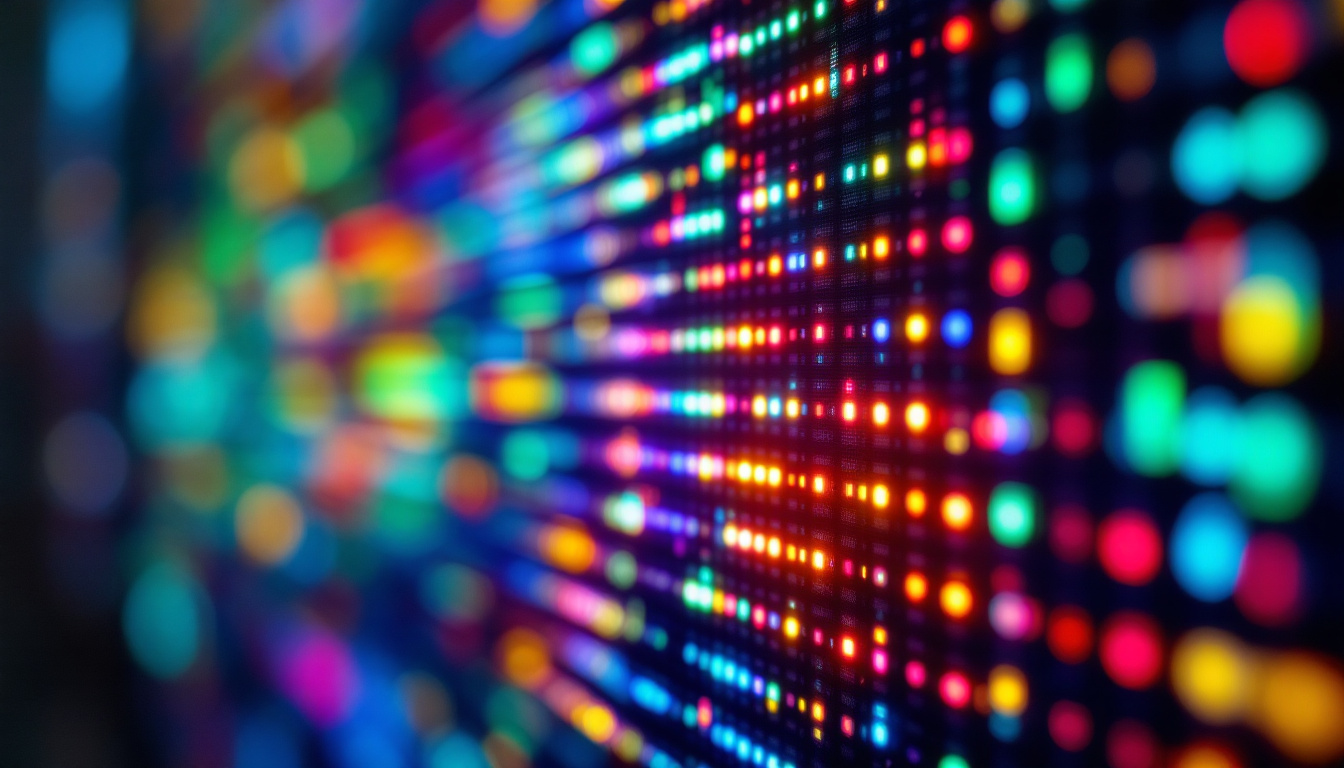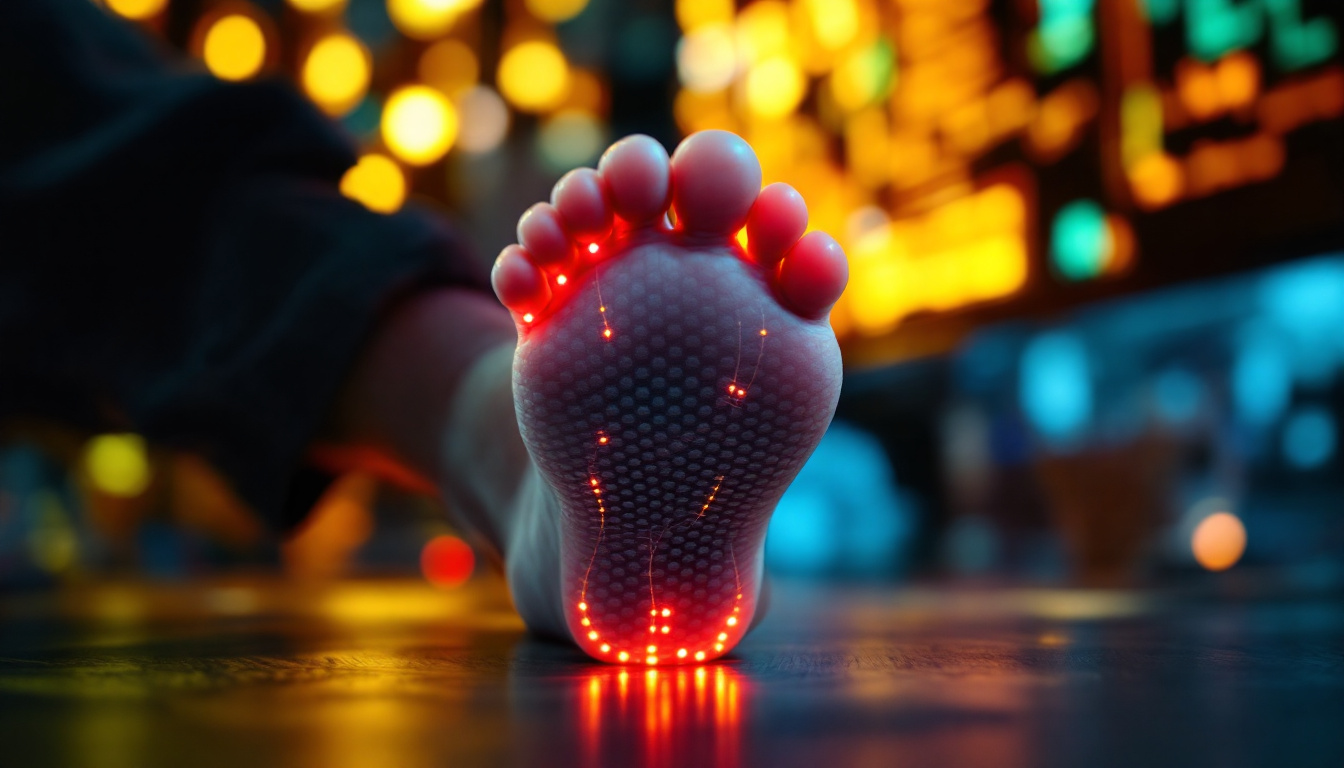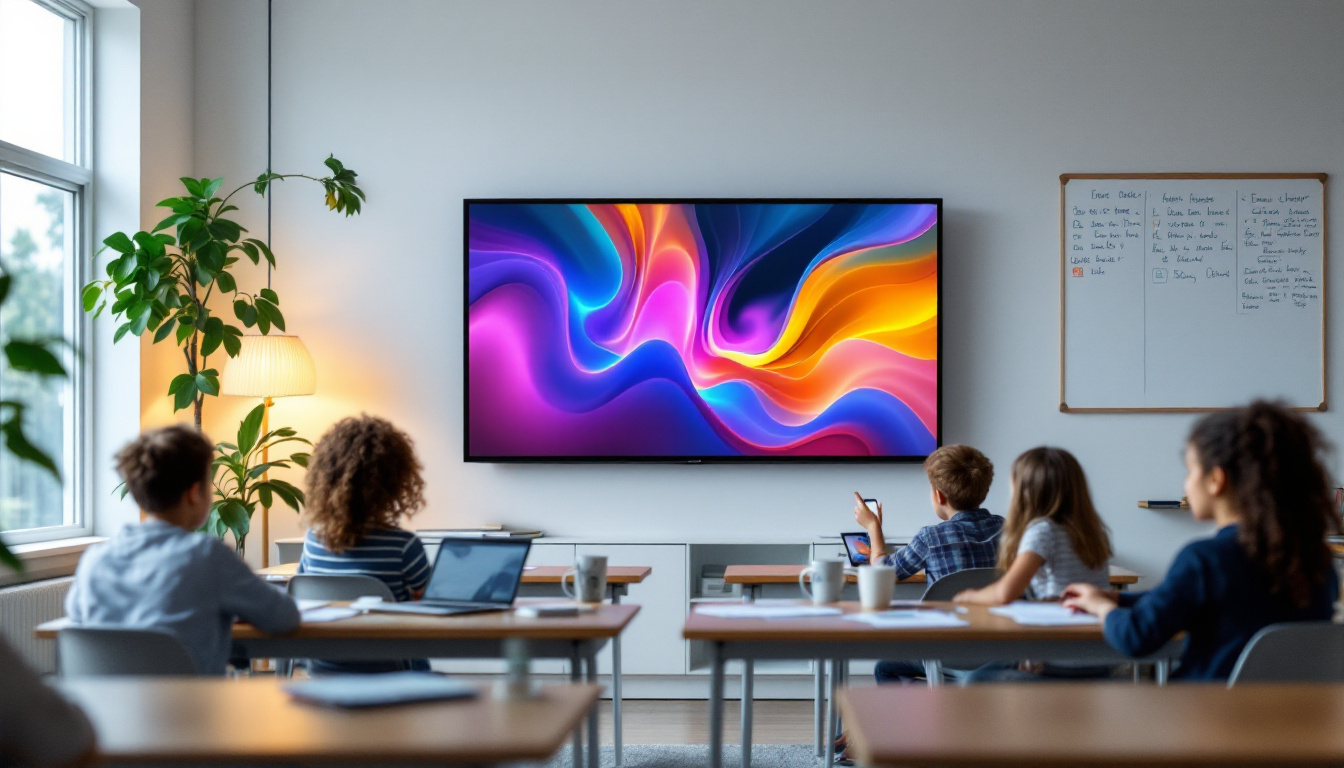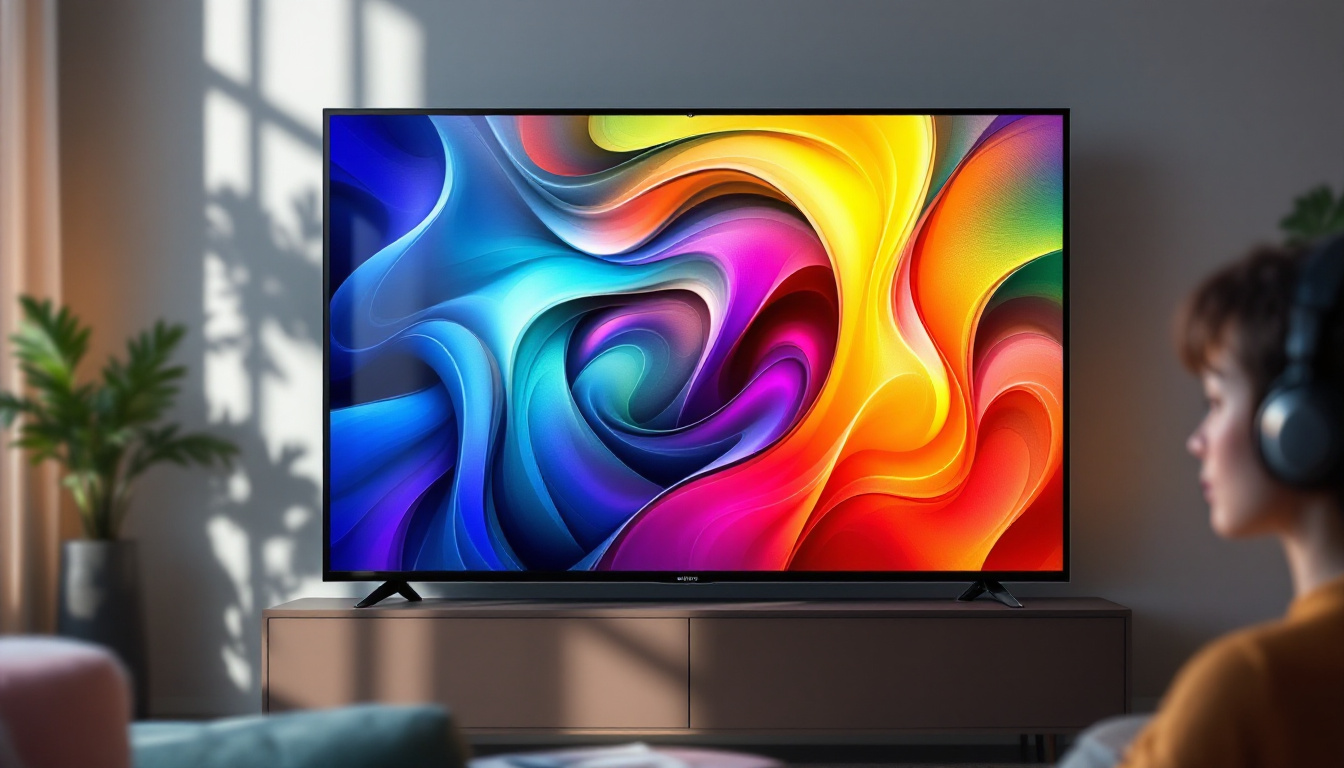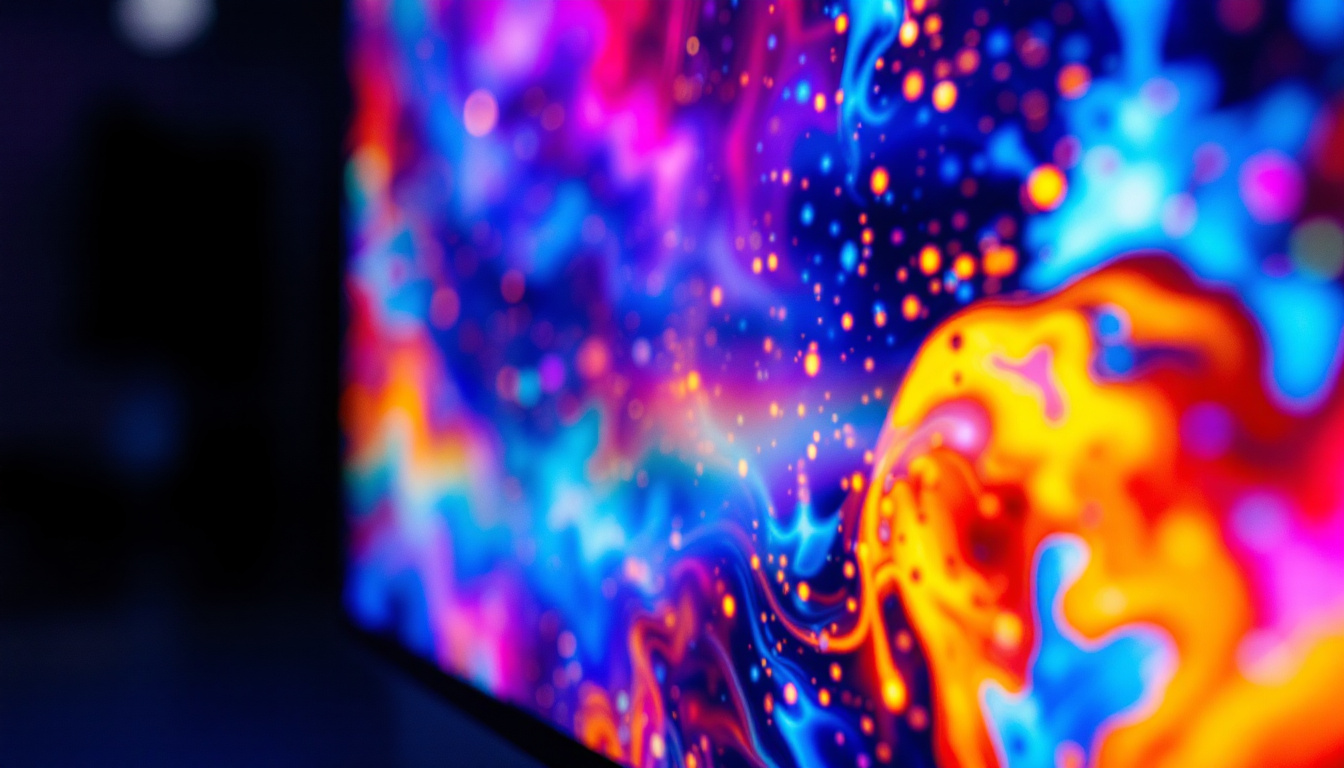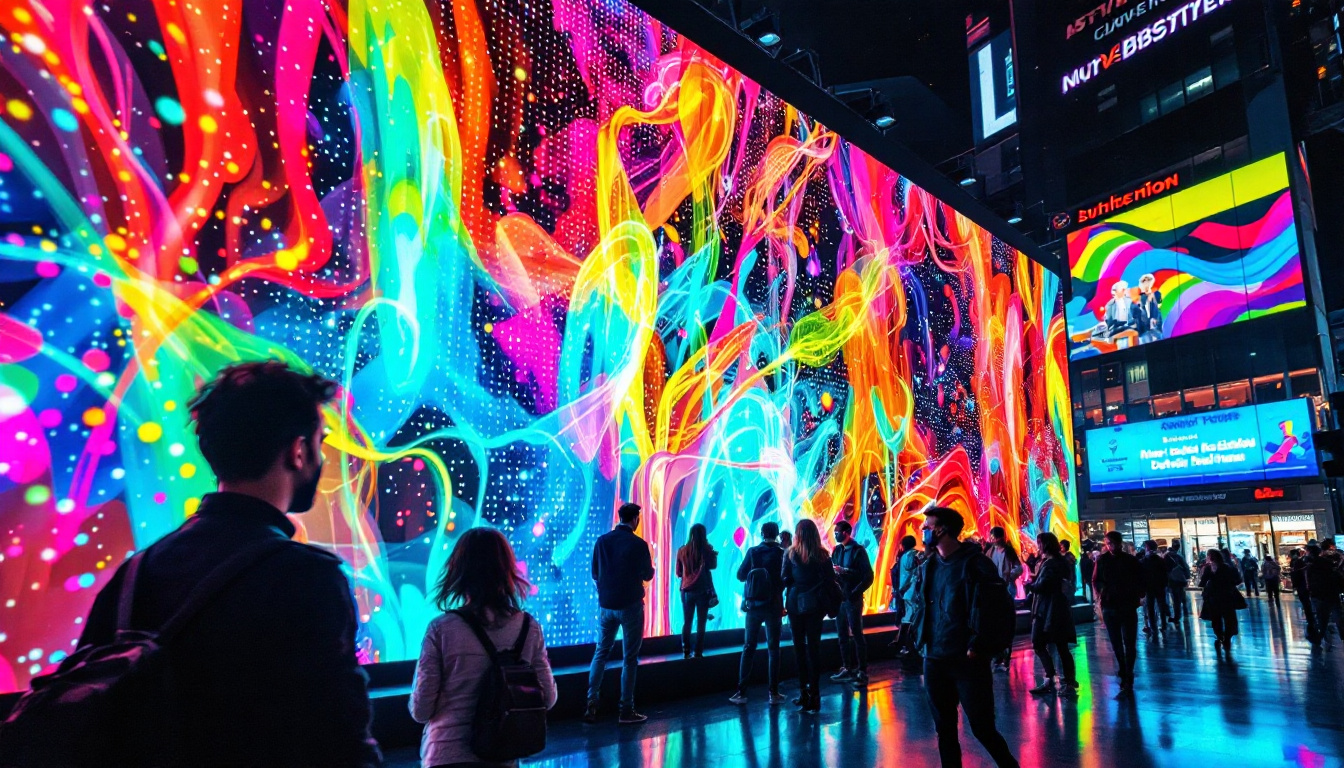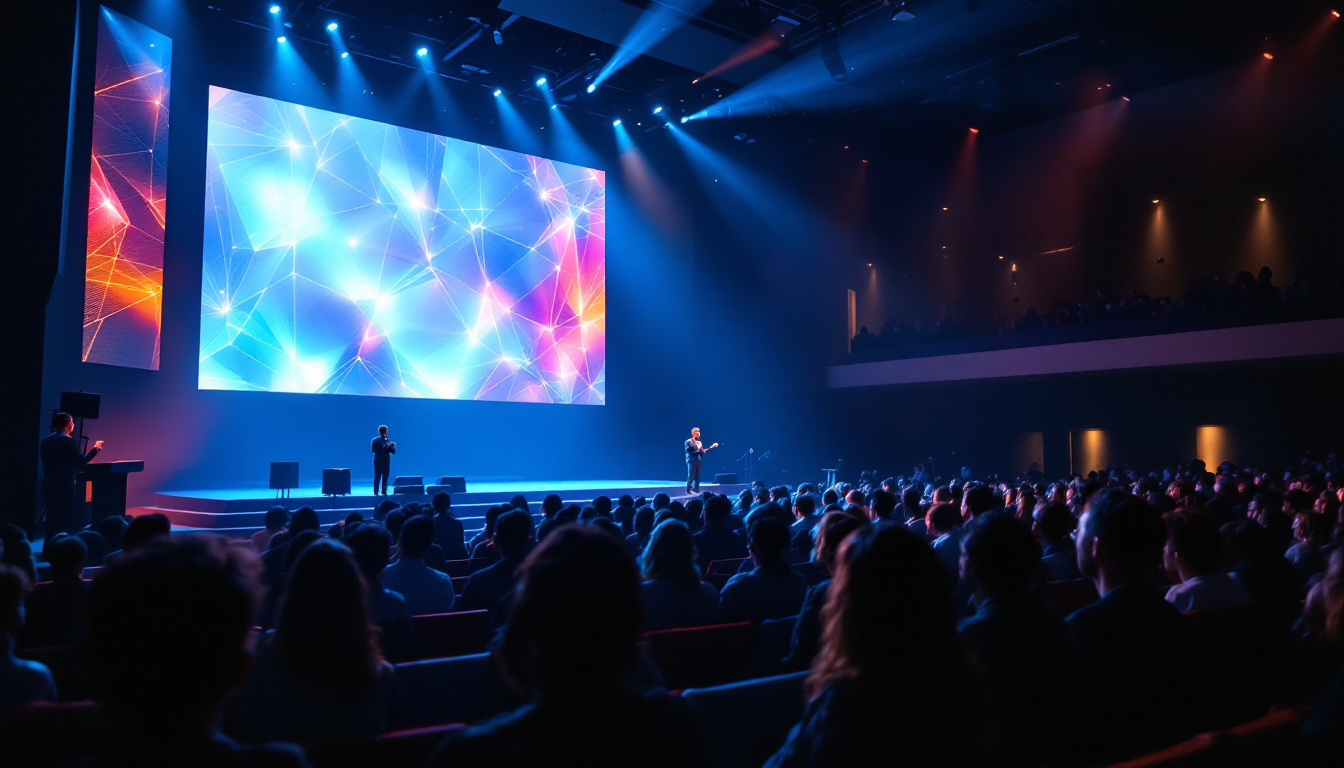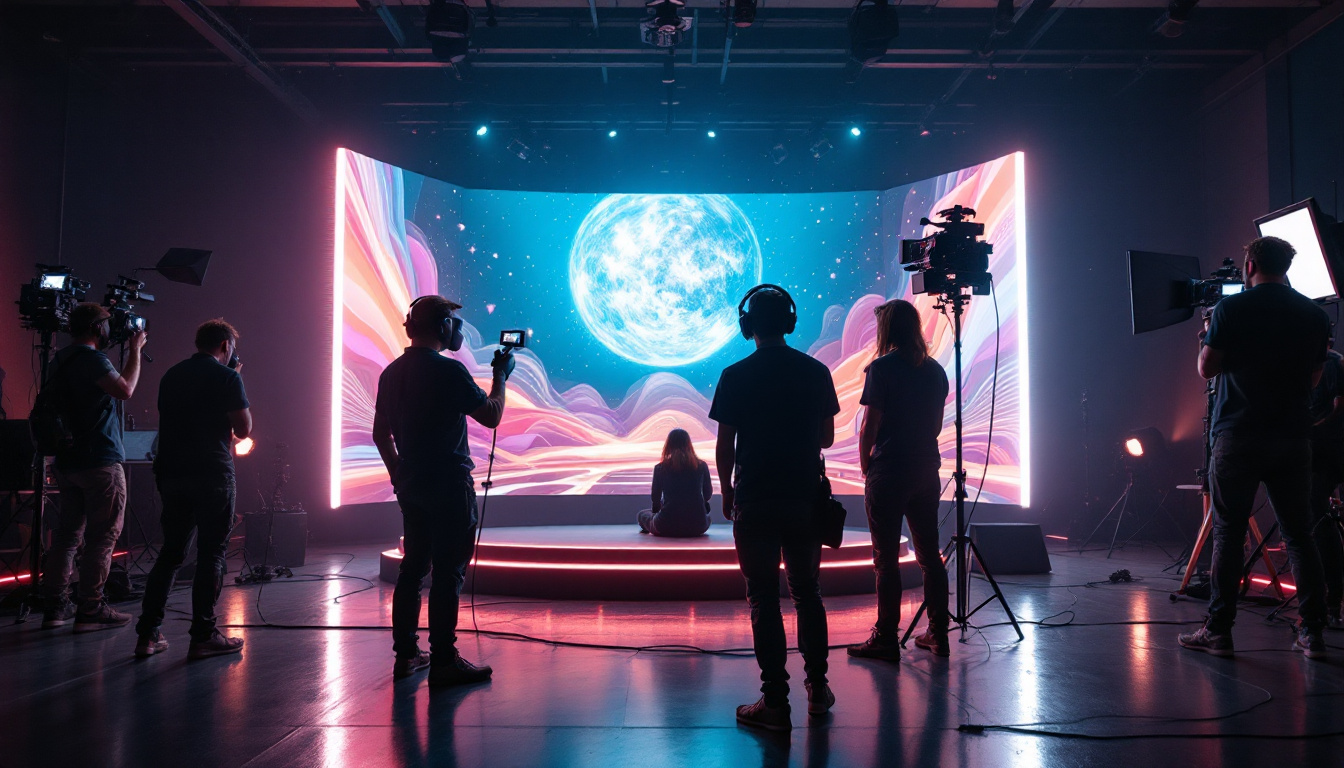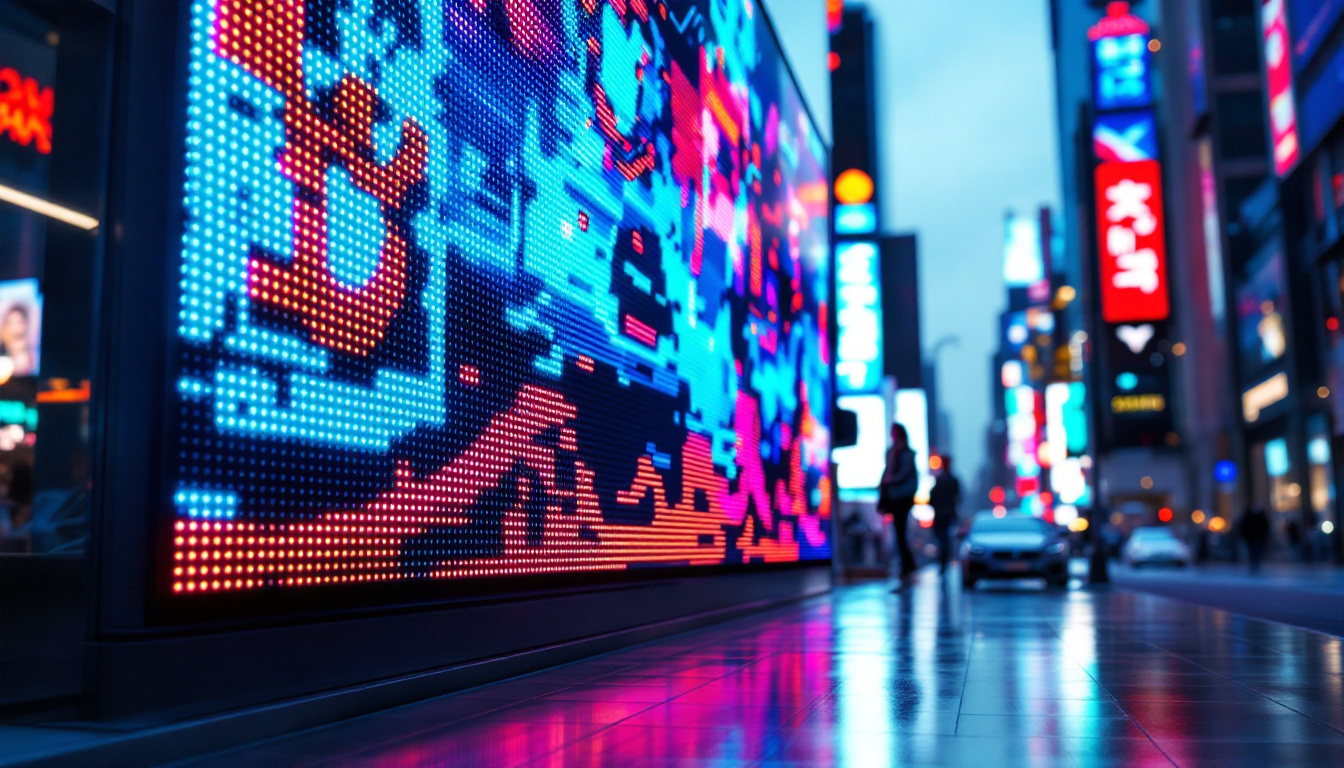In the ever-evolving landscape of advertising and information dissemination, outdoor digital signs have emerged as a powerful medium. Among these, LED displays stand out due to their vibrant visuals, versatility, and effectiveness in capturing audience attention. This article delves into the intricacies of LED displays, exploring their technology, applications, benefits, and future trends.
Understanding LED Technology
What is LED?
LED, or Light Emitting Diode, is a semiconductor device that emits light when an electric current passes through it. This technology has revolutionized the way we display information and advertisements, offering a bright and energy-efficient alternative to traditional lighting methods. The compact size of LEDs allows for intricate designs and configurations, making them ideal for various applications. Over the years, the evolution of LED technology has led to significant advancements, including the introduction of organic LEDs (OLEDs) and quantum dot LEDs (QLEDs), which further enhance color accuracy and energy efficiency.
LEDs are available in different colors and can be combined to create full-color displays. Their ability to produce high brightness levels ensures visibility even in direct sunlight, which is essential for outdoor signage. As a result, LED displays have become a popular choice for businesses looking to enhance their visibility and reach. Moreover, the longevity of LED lights, often lasting tens of thousands of hours, means that they require less frequent replacement compared to traditional bulbs, significantly reducing maintenance costs for businesses and consumers alike.
How LED Displays Work
LED displays consist of numerous individual LEDs arranged in a grid. Each LED can be controlled independently, allowing for the creation of dynamic images and animations. The displays operate using a combination of hardware and software, which manages the content that appears on the screen. This flexibility enables not only static images but also video playback and real-time updates, making LED displays an essential tool for advertising and information dissemination.
The basic components of an LED display include the LED modules, a control system, and a power supply. The modules are the building blocks of the display, while the control system is responsible for processing and sending images to the modules. The power supply ensures that the entire system operates efficiently. Together, these components allow for the seamless presentation of vibrant visuals and information. Additionally, advancements in wireless technology have enabled remote management of LED displays, allowing operators to change content from anywhere, making them even more versatile for marketing campaigns and event promotions. This capability has transformed how businesses interact with their audience, providing opportunities for real-time engagement and dynamic storytelling.
Applications of LED Displays
Advertising and Marketing
One of the most common applications of LED displays is in advertising and marketing. Businesses utilize these displays to showcase their products, services, and promotions in high-traffic areas. The eye-catching nature of LED displays makes them effective in attracting potential customers and driving foot traffic.
From retail stores to restaurants, LED displays can be strategically placed to maximize visibility. They can display static images, videos, and animations, providing a versatile platform for creative advertising. Moreover, the ability to change content frequently allows businesses to keep their messages fresh and relevant. This adaptability is especially beneficial for time-sensitive promotions, such as seasonal sales or limited-time offers, where immediate visibility can significantly impact consumer behavior. Furthermore, the integration of social media feeds into these displays can enhance customer engagement, encouraging patrons to interact with brands in real-time and share their experiences online.
Public Information and Wayfinding
LED displays are also widely used for public information and wayfinding purposes. Transportation hubs, such as airports and train stations, often employ LED screens to provide real-time updates on arrivals, departures, and delays. This information is crucial for travelers and helps streamline the flow of people in busy environments.
Additionally, municipalities use LED displays to convey important announcements, emergency alerts, and community events. These displays serve as a vital communication tool, ensuring that residents and visitors stay informed about local happenings. Beyond just announcements, some cities have started incorporating interactive features into their LED displays, allowing citizens to access information about public services, local attractions, and even traffic conditions. This integration of technology not only enhances the user experience but also fosters a sense of community by keeping everyone connected and informed.
Entertainment and Events
In the entertainment industry, LED displays play a significant role in enhancing the audience experience. Concerts, festivals, and sporting events often feature large LED screens that display live feeds, graphics, and advertisements. These displays create an immersive atmosphere, engaging attendees and elevating the overall experience.
Moreover, LED technology has made its way into theme parks and attractions, where dynamic displays are used to tell stories and create memorable experiences for visitors. The versatility of LED displays allows for creative storytelling, making them a staple in the entertainment sector. For instance, during nighttime shows, LED screens can transform into vibrant canvases that synchronize with music and fireworks, captivating audiences with stunning visual effects. Additionally, the use of LED displays in theaters and cinemas enhances the narrative by providing background visuals that complement live performances or film screenings, further blurring the lines between reality and imagination. This innovative approach not only captivates audiences but also sets new standards for entertainment experiences across various platforms.
Benefits of LED Displays
Energy Efficiency
One of the standout advantages of LED displays is their energy efficiency. Compared to traditional lighting methods, LEDs consume significantly less power, resulting in lower energy bills for businesses. This efficiency not only reduces operational costs but also contributes to a more sustainable environment.
Additionally, the long lifespan of LED technology means that businesses spend less on maintenance and replacement costs. With proper care, LED displays can last for several years, making them a cost-effective investment in the long run.
High Visibility and Brightness
LED displays are known for their exceptional brightness and clarity, making them highly visible in various lighting conditions. This characteristic is particularly important for outdoor signage, where sunlight can wash out traditional displays. The vibrant colors and sharp images produced by LEDs ensure that messages are easily seen and understood, even from a distance.
This high visibility translates into increased engagement and improved communication with the target audience. Whether it’s an advertisement or public information, the clarity of LED displays ensures that the intended message is effectively conveyed.
Flexibility and Customization
Another significant benefit of LED displays is their flexibility and customization options. Businesses can tailor the content to suit their specific needs, changing messages on the fly to reflect promotions, events, or important announcements. This adaptability allows for a more dynamic approach to advertising and communication.
Furthermore, LED displays can be configured in various shapes and sizes, enabling creative installations that capture attention. From large billboards to smaller screens in storefronts, the possibilities for customization are virtually limitless.
Challenges and Considerations
Initial Investment Costs
While LED displays offer numerous benefits, one of the primary challenges is the initial investment cost. The price of high-quality LED technology can be significant, which may deter some businesses from making the switch from traditional signage. However, it is essential to consider the long-term savings associated with energy efficiency and reduced maintenance costs.
Many businesses find that the return on investment justifies the initial expenditure, especially when considering the increased visibility and engagement that LED displays provide. Financing options and leasing agreements can also help alleviate the burden of upfront costs.
Content Management
Effective content management is crucial for maximizing the impact of LED displays. Businesses must invest time and resources into creating engaging and relevant content that resonates with their target audience. This can involve hiring professionals or utilizing content management systems to streamline the process.
Additionally, regular updates and maintenance are necessary to ensure that the display remains functional and visually appealing. Neglecting content management can lead to outdated messages, which may diminish the effectiveness of the display.
Future Trends in LED Display Technology
Advancements in Display Quality
The future of LED display technology is promising, with ongoing advancements aimed at improving display quality. Innovations such as higher pixel density and enhanced color accuracy are set to elevate the viewing experience even further. These improvements will enable businesses to deliver more detailed and vibrant content, capturing the attention of audiences like never before.
As technology continues to evolve, the integration of artificial intelligence and machine learning may also play a role in optimizing display content. This could lead to more personalized advertising experiences, where messages are tailored to individual preferences and behaviors.
Integration with Smart Technologies
Another trend to watch is the integration of LED displays with smart technologies. As cities become smarter and more connected, LED displays will likely play a pivotal role in the Internet of Things (IoT) ecosystem. This integration could facilitate real-time data sharing, enabling displays to provide timely information based on current conditions.
For instance, LED displays could adjust their content based on weather conditions, traffic patterns, or social media trends. This level of interactivity and responsiveness would enhance the relevance of the displayed information, further engaging audiences.
Sustainability Initiatives
As environmental concerns continue to grow, sustainability initiatives will shape the future of LED displays. Manufacturers are increasingly focusing on creating eco-friendly products that minimize waste and energy consumption. This includes the use of recyclable materials and energy-efficient components.
Businesses that prioritize sustainability in their advertising efforts will likely find a competitive edge in the market. Consumers are becoming more conscious of their environmental impact, and brands that demonstrate a commitment to sustainability will resonate with this audience.
Conclusion
Outdoor digital signs, particularly LED displays, have transformed the way businesses communicate with their audiences. With their vibrant visuals, energy efficiency, and versatility, LED displays have become an essential tool for advertising, public information, and entertainment.
While challenges such as initial investment costs and content management exist, the benefits far outweigh these considerations. As technology continues to advance, the future of LED displays looks bright, with innovations that promise to enhance display quality, integrate with smart technologies, and promote sustainability.
In a world where capturing attention is paramount, LED displays stand out as a dynamic and effective solution for businesses seeking to make an impact. Embracing this technology can lead to increased visibility, engagement, and ultimately, success in a competitive marketplace.
Discover LumenMatrix LED Display Solutions
Ready to elevate your brand’s presence and captivate your audience with unparalleled visual experiences? Look no further than LumenMatrix, the vanguard of LED display innovation. From the bustling streets to the heart of your business, our comprehensive range of LED display solutions, including Indoor and Outdoor LED Wall Displays, Vehicle LED Displays, and more, are designed to bring your message to life. Embrace the future of visual communication with LumenMatrix and transform the way you engage with your audience. Check out LumenMatrix LED Display Solutions today and make a lasting impression in a world of fleeting attention.

